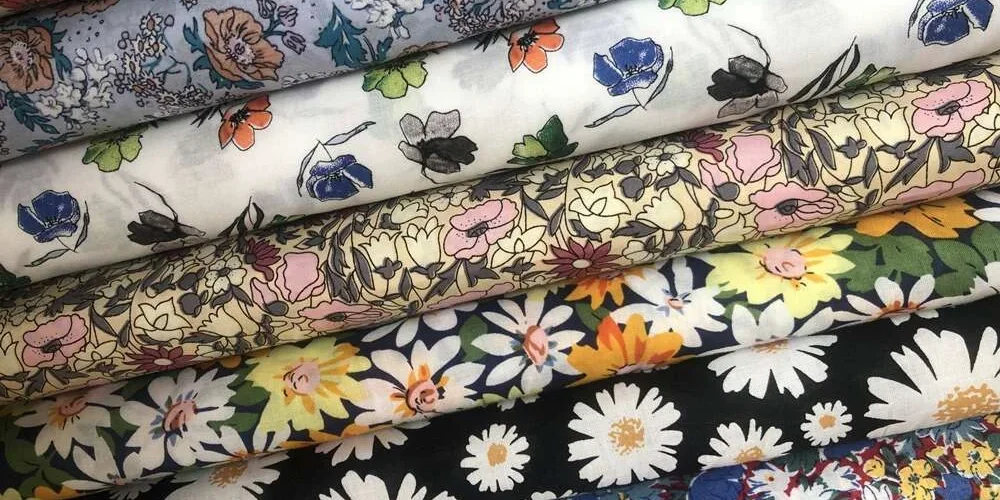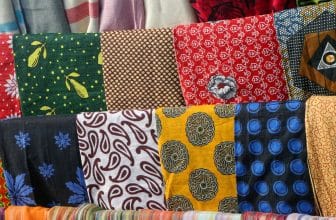Top 7 Fabrics Every Beginner Sewist Should Try

Introduction
When you’re new to sewing, the fabric store can feel overwhelming. Some textiles fray like crazy, others slip through your fingers, and a few are just too expensive to risk. Choosing the best fabrics for beginners will make your first projects faster, neater, and more enjoyable. Here are seven tried-and-true fabrics that help you learn without frustration.
1. Quilting Cotton
The king of beginner fabrics. It’s stable, easy to cut, and behaves beautifully under a sewing machine. Perfect for simple garments, tote bags, cushions and practice pieces. No wonder it tops the list of easy fabrics to sew.
2. Broadcloth
Another smooth, medium-weight cotton. Broadcloth presses crisply and is ideal for shirts, dresses and craft projects. Affordable and widely available, it’s a staple in many beginner sewing fabrics collections.
3. Linen Blends
Pure linen can wrinkle, but linen-cotton blends give you the breathability of linen with a little more stability. Great for skirts, summer tops, or home décor items.
4. Flannel
Soft, cozy, and forgiving. Flannel is perfect for pajamas, baby blankets and shirts. Its brushed texture hides small stitching mistakes, making it one of the friendliest fabrics for first sewing project.
5. Felt
Felt doesn’t fray and requires no finishing on the edges. You can cut shapes and sew or glue them directly. Perfect for crafts, toys and no-hem projects.
6. Denim (Lightweight)
Skip the heavy jeans-weight denim at first and choose a lighter denim or chambray. You’ll get the structured look without broken needles. Great for simple skirts, bags and aprons.
7. Interlock Knit
If you want to try sewing knits, start with interlock. It’s thicker and more stable than jersey, making it easier to control. Perfect for T-shirts and casual dresses once you’re ready for stretch.
Tips for Success With Beginner Fabrics
• Wash and press fabrics before cutting to prevent shrinkage.
• Use sharp scissors or a rotary cutter for clean edges.
• Test your stitch length and tension on a scrap first.
These small habits make even simple fabrics to work with look professional.
Closing Thoughts
By starting with these seven fabrics, you’ll build skills without fighting slippery or fraying textiles. As your confidence grows, you can experiment with more challenging materials.
Share in the comments — it might help another beginner choose wisely.






